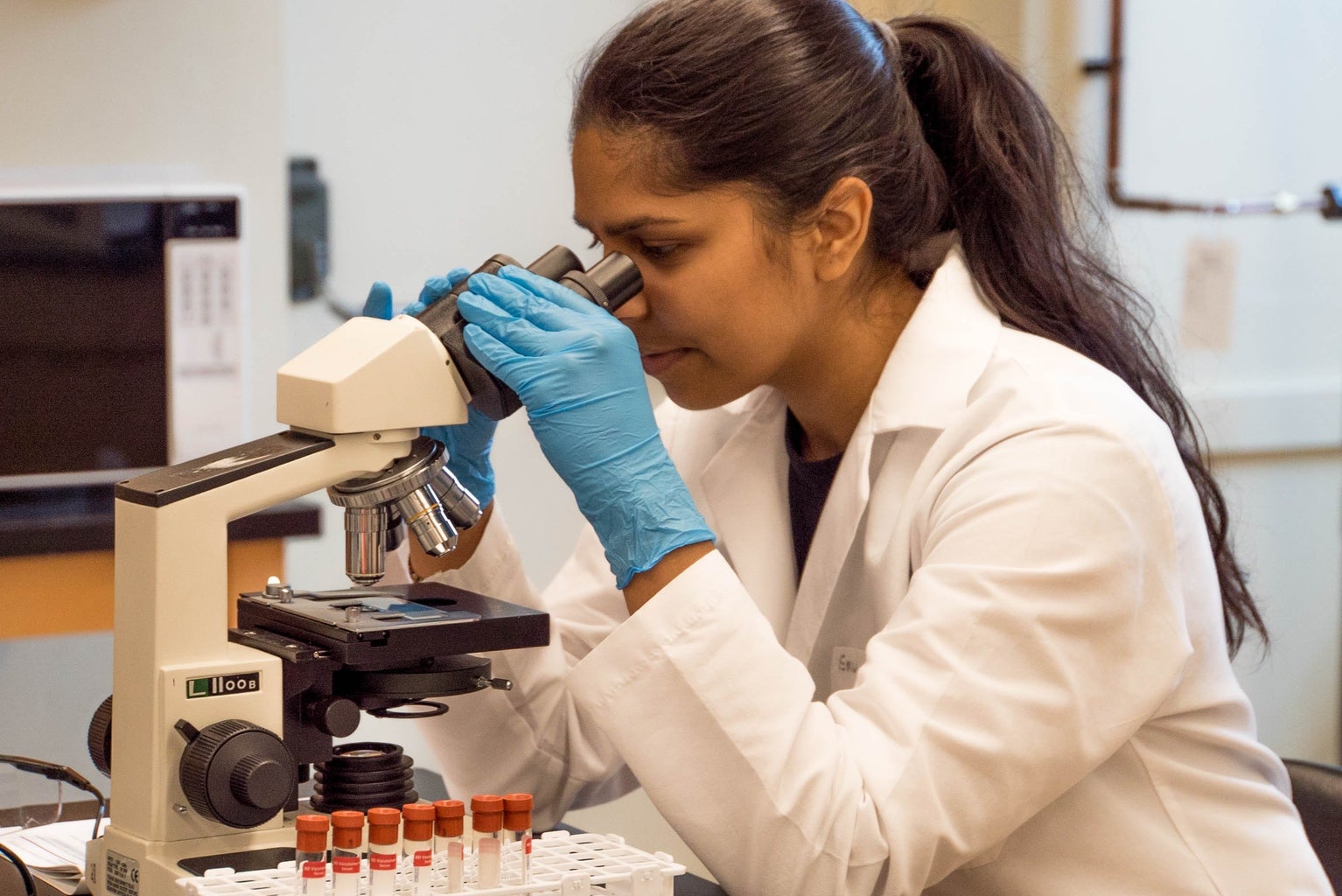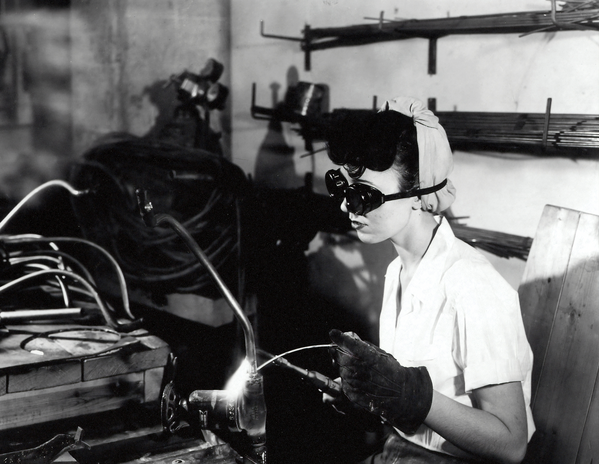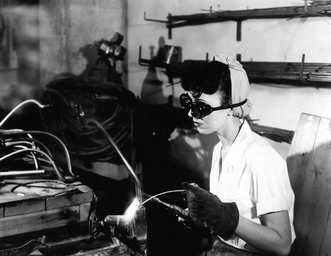Hello fellow historians, and welcome back to my “Well Behaved Women…” blog, where you and I take a biographical look at women throughout history. Whether it’s women whose work wasn’t respected, women whose research we take for granted or women who were overlooked and overshadowed for their race or gender, we take the time on “Well Behaved Women…” to get to know these women and their accomplishments. Today, we are learning about a woman who has not been given credit where credit is due.

The all-knowing Google search box tells us that it was John Tyndall who first discovered greenhouse gases. Like many people, I take what Google says to be true, and if I didn’t know any better, I’d take this for a fact. In reality, that’s just the man who gets credit for it. Upon further inspection of the article Google links to, we learn that this is not actually the case. Still, that’s not what Google says, and that’s not what the scientific world has said up until recently.
So then, if it wasn’t John Tyndall who discovered greenhouse gases and their effects, who was it?
Her name is Eunice Foote.

Known at the time as a natural philosopher, as the term scientist had not been popularized yet, Foote was an amateur in the field of science, therefore her experiments remained fairly unsophisticated. Nonetheless, her work and its conclusions are foundational to the understanding of all climate science, weather and meteorology.
Essentially, Foote’s experiments consisted of glass cylinders, various atmospheric gases and a mercury thermometer. After being exposed to the sun, the glass cylinders with moist air were much warmer than the cylinders with dry air. And the cylinder that contained carbon dioxide gas was notably warmer than the rest.
On carbon dioxide, Foote concluded that “An atmosphere of that gas would give to our earth a high temperature; and if as some suppose, at one period of its history the air had mixed with it a larger proportion than at present, an increased temperature… must have necessarily resulted” (Foote, 1856).
Foote’s findings were presented at the Annual Meeting for the American Association for the Advancement of Science in 1856. Her findings were not presented by her, but instead by her colleague Joseph Henry, because women were not permitted to speak at the meeting.
Three years later, John Tyndall presented the same conclusion. It is unknown whether or not Tyndall was aware of Foote’s work or not. She was not credited in his research.
Either way, it is not simply the fact that his name is associated with the science of the greenhouse effect or that he didn’t credit her in his research (although, credit is important where credit is due). Both of these things would be bad on their own, but it is also the treatment she received from the scientific community in attempting to share her critical findings on atmospheric conditions.

This environment for women in STEM sadly persists today.
Less than 30% of the world’s researchers are women. Women are less likely to be encouraged to pursue a profession in STEM, receive high-paying jobs or be in positions of power. Thus, they are more likely to work in a discriminatory and male-dominated workplace.
When narrowing the focus to just the United States, women of color make up a smaller portion of all scientists and engineers and are less likely to receive STEM degrees.
Women should be allowed, no, encouraged, to pursue their curiosities. For Foote and many other femmes in STEM, scientific and mathematical pursuits are about expanding the knowledge of themselves and others.
If history respected women’s contribution to science, we would have known about greenhouse gases three years earlier. Think about all the intelligent minds we are missing out on when we leave women out of the conversation.


